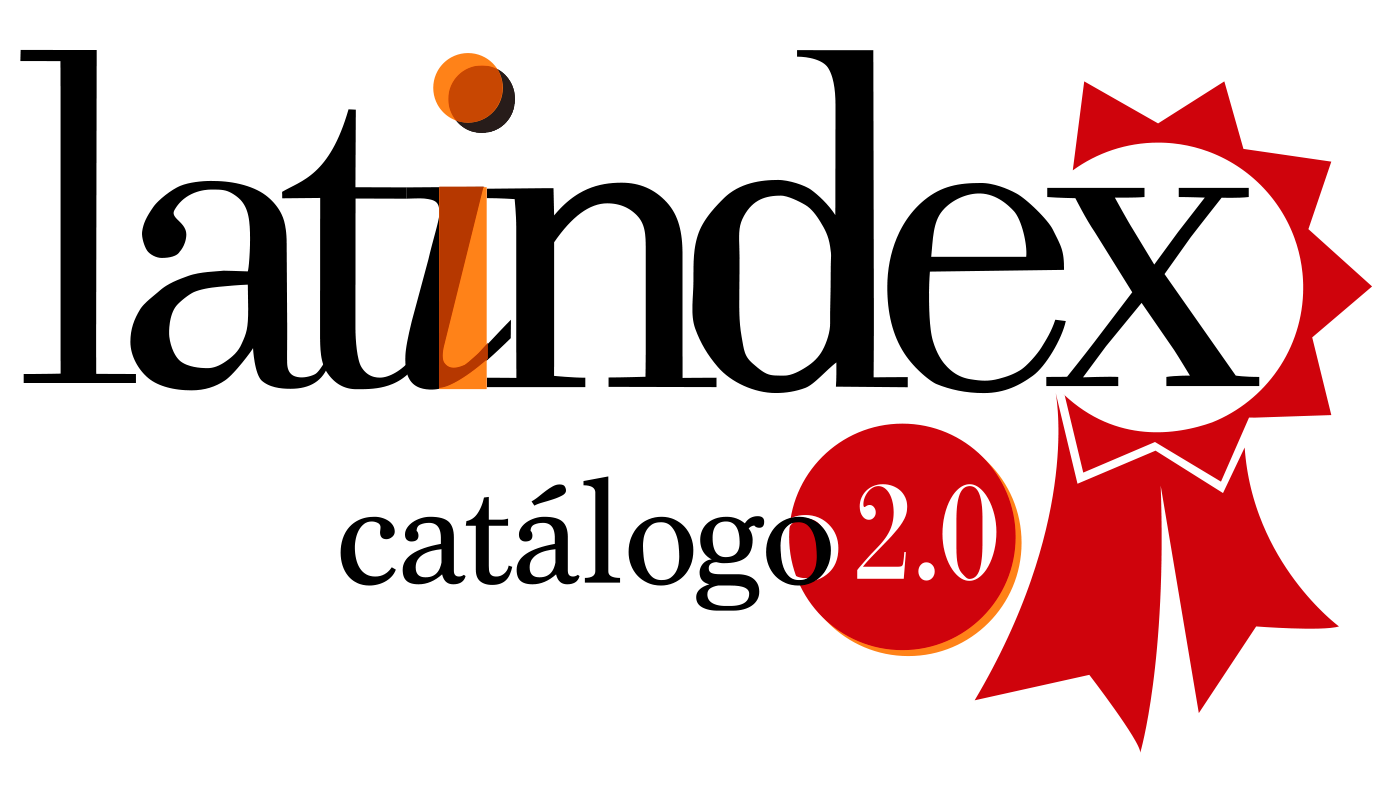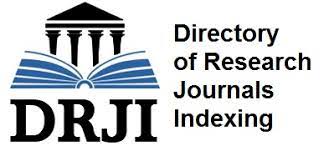Homo instrumentalis
Hands, tools, mathematics and science
DOI:
https://doi.org/10.24310/nyl.18.2024.17602Keywords:
evolution, hands, language, technique, science, mathematicsAbstract
Ideas showing the role of the hands in the evolution that led to homo sapiens and the development of the our specie through technology and science are presented. If language (in whose emergence the hands played a significant role) was essential in the social development of our specie, the mathematics, developed by the need of the technique and the social organisation, played a decisive role in the evolution of our abstract thinking and technological achievements. A taxonomy for human technological development is proposed.
Downloads
Metrics
References
Arbib, M.A. (2012): How the brain got language, Oxford, Oxford University Press.
Browman, C.; Goldstein, L. (1990): «Gestural structures: Distinctiveness, Phonological Processes, and Historical Change, in I. G. Mattingly, M. Studdent-Kennedy, Modularity and the motor theory of speech perception, Psychology Press, pp 41-67.
Butterworth, B. (1999): The Mathematical Brain, Macmillan, London.
Capaldi, E.J.; Miller, D.J. (1988): «Counting in rats: its functional significance and the independent cognitive processes that constitute it», Journal of Experimental Psychology. Animal behaviour processes, Vol 14, Nº 1, pp 3-12.
Church, R.M.; Meck, W.H. (1984): «The numerical attribute of stimuli», in R.M. Church, W.H. Meck, Animal cognition, Psychology Press, pp. 54-74.
Corballis, M.C. (2003): «From mouth to hand: Gesture, speech and the evolution of right-handedness», in Behavioural and Brain Sciences, Vol 26, pp 199-208. DOI: 10.1017/s0140525x03000062.
Culham, J.C.; Kanwisher, N.G. (2001): «Neuroimaging of cognitive functions in human parietal cortex», in Current Opinion in Neurobiology, Vol 11, Nº 2, pp 157-163. DOI: 10.1016/s0959-4388(00)00191-4.
Dastjerdi M. et al (2013): «Numerical processing in human parietal cortex during experimental and natural conditions», in Nature Communications, Vol 4, article number 2528. DOI: 10.1038/ncomms3528.
Dehaene, S. (2016): El cerebro matemático, Siglo Veintiuno, Buenos Aires.
Douglas Fields, R. (2023): «The hidden brain connections between our hands and tongues», Quantamagazine, August. URL: https://www.quantamagazine.org/the-hidden-brain-connections-between-our-hands-and-tongues-20230828/.
McNeil, D. (1985): «So you think gestures are nonverbal?» in Psychological Review, vol 92, nr 3, pp 350-371; DOI: 10.1037/0033-295X.92.3.350.
McNeil, D. (1992): Hand and mind: What gestures reveal about thought, Chicago, Chicago University Press.
Meir, R.P.; Newport, E.L. (1990): «Out of the hands of babes: On a possible sign language advantage in language acquisition», in Language, Vol 66, Nº 1, pp 1-23. DOI: 10.2307/415277.
Morgan, T.H. et. al. (2015): «Experimental evidence for the co-evolution of hominid tool-making teaching and language», in Nature Communications, Vol 6, Article number 6029. DOI: 10.1038/ncomms7029.
Parera López, J.J. (2021): Lenguaje y Matemática en la comunicación y el pensamiento, Llanura.
Reed, C.M.; Durlach, N.I. (1998): «Note on information transfer rates in human communication», in Teleoperators and virtual Environments, Vol 7, Nº 5, pp 509-512. DOI: 10.1162/105474698565893.
Wiener, N. (2019): Cybernetics or control and communication in the animal and the machine, Massachusetts, MIT Press.
Downloads
Published
Versions
- 2024-07-03 (2)
- 2024-07-02 (1)
How to Cite
Issue
Section
License
Copyright (c) 2023 Nature & Freedom. Journal of Interdisciplinary Studies.

This work is licensed under a Creative Commons Attribution-NonCommercial-ShareAlike 4.0 International License.
Those authors who have publications with this journal, accept the following terms:
1. Copyright and licensing information are clearly described on the journal’s web site: all content published in Naturaleza y Libertad is open acces without limit, and are subject to the Attribution-NonCommercial-ShareAlike 4.0 International (CC BY-NC-SA 4.0) license. The full text of which can be consulted at https://creativecommons.org/licenses/by-nc-sa/4.0/
2. It is the responsibility of the authors to obtain the necessary permissions for the images that are subject to copyright. The authors whose contributions are accepted for publication in this journal will retain the non-exclusive right to use their contributions for academic, research and educational purposes, including self-archiving or deposit in open access repositories of any kind. The electronic edition of this magazine is edited by the Editorial de la University of Malaga (UmaEditorial), being necessary to cite the origin in any partial or total reproduction.
3. This journal allows and encourages authors to publish papers on their personal websites or in institutional repositories, both before and after their publication in this journal, as long as they provide bibliographic information that accredits, if applicable, your posting on it.
4. In no case will anonymous papers be published.






18.png)













